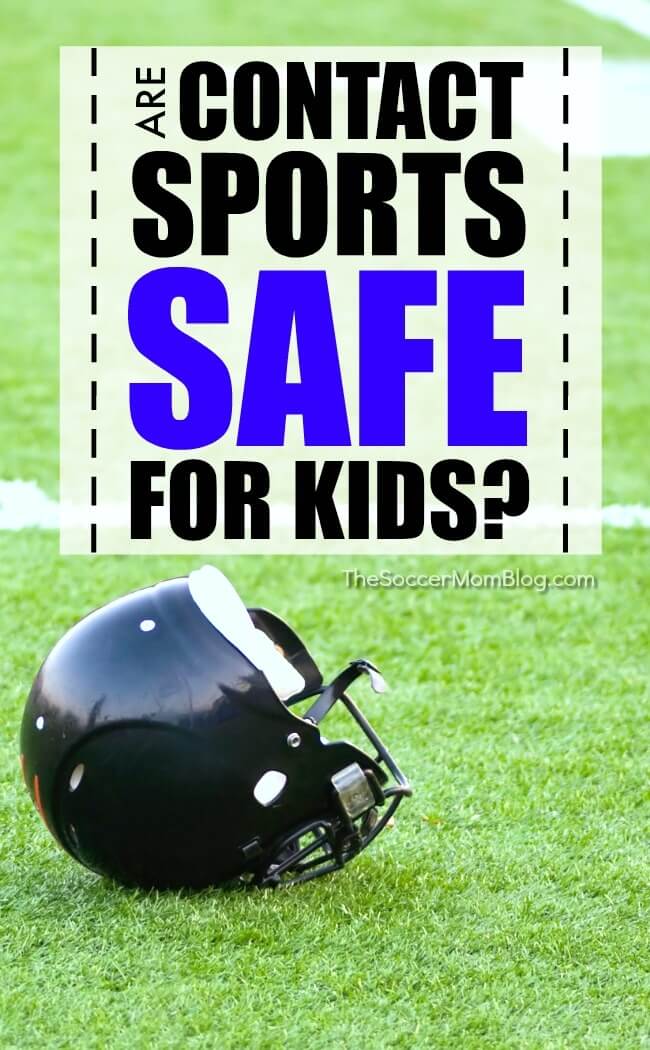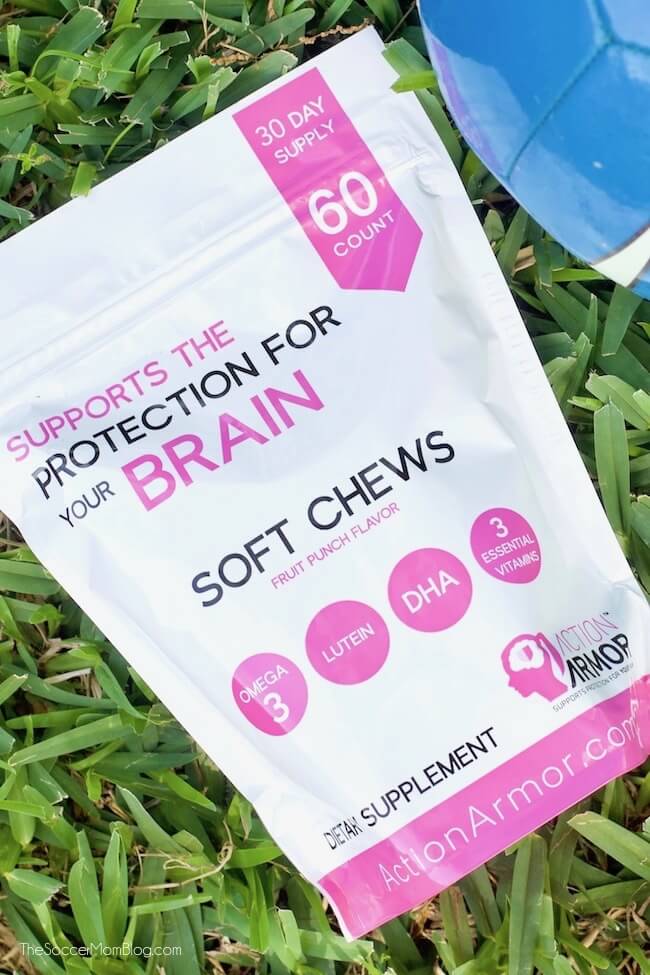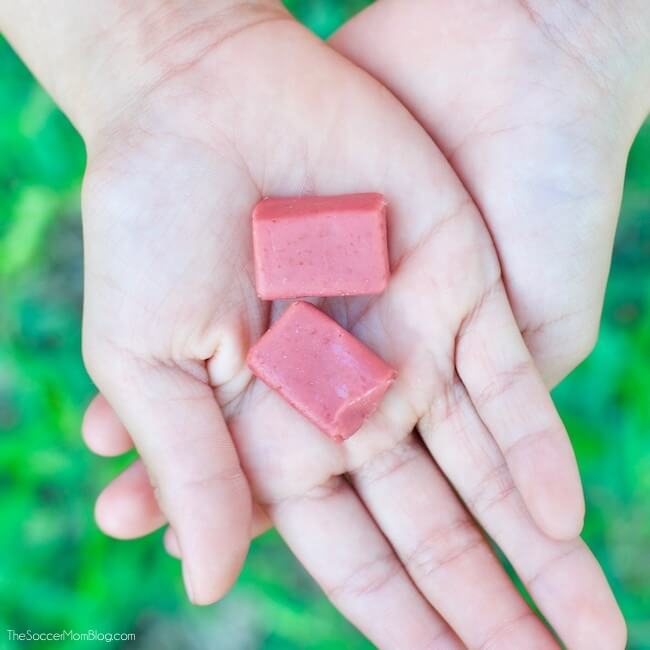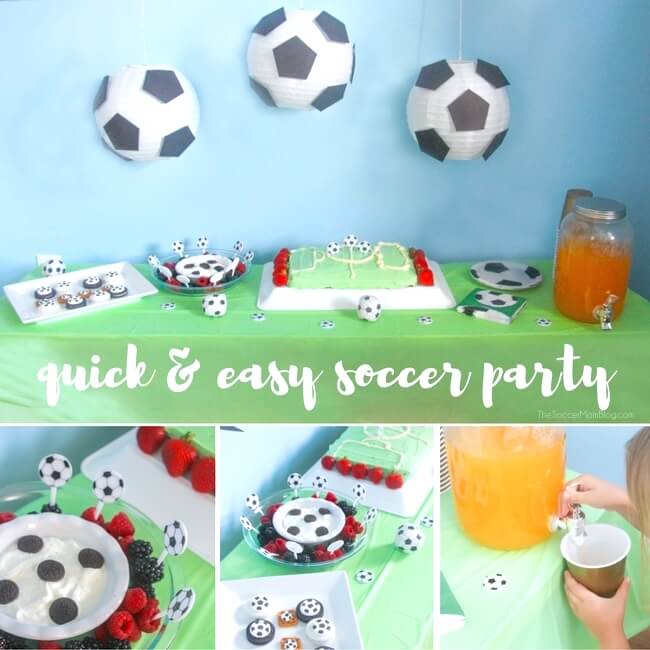Inside: Are contact sports safe for kids? Weighing the risks versus rewards of playing sports plus how to help protect your child. Sponsored by ActionArmor™
Are Contact Sports Safe for Kids?
There’s been a lot of talk in the news over the past few years about the dangers of contact sports, especially concussions suffered by football players (all the way through the professional level).
According to many doctors, high-risk contact sports for kids include:
- American football
- Hockey
- Rugby
- Wrestling
- Boxing
- Mixed Martial Arts
- Soccer
I personally know some parents who have made the decision not to allow their kids to play football because of the risk of concussion. However, it seems like football remains as popular as ever, and the playing fields are still packed every Fall.
While my girls haven’t expressed interest in most of the above sports, they both enjoy horseback riding, soccer, and gymnastics — and all sports (even non-contact sports) carry a certain degree of risk.
Many Experts Say the Rewards Outweigh the Risks
Keeping your child out of sports altogether isn’t really a safe option either. According to the World Health Organization, physical inactivity is potentially more dangerous than playing contact sports.
Exercising and participating in sports can have a lifelong positive impact for kids, including:
- Physical benefits – such as reducing the risk of cardiovascular disease, diabetes, and certain cancers
- Mental health benefits – such as lowering the risk of depression
- Life skills – such as teamwork, discipline, and leadership
The risks of team sports can often be minimized by taking precautions and following recommended safety advice.
The decision whether or not to allow a child to participate in a sport comes down to the parent, and it has to be one that you are comfortable with.
If your child plays any sports (contact and non-contact), the following are some of the most important ways to keep them as safe possible.
How to Keep Your Kids Safe When They Play Sports
- Always Follow the Rules — Rules are there for a reason, namely to keep things fair and to keep players safe, so don’t break ’em!
- Wear Protective Gear — Always wear recommended protective gear for the specific sport your child plays. All protective equipment is not created equal, so I find it helpful to read reviews or ask the advice of the coach before shopping. For example, youth soccer leagues usually require shin guards for players, but not all shin guards available in stores offer the same amount of coverage. Look for the equipment that provides the best coverage and protection possible.
- Get a Yearly Physical — Many leagues require passing physical exam before joining, but even if they don’t, it is still a good idea to have your child checked out by their pediatrician or a sports doctor each season. Sometimes a doctor can catch health issues that may not be obvious.
- Stay Hydrated — Make sure your child drinks plenty of water before, during, and after each sporting event. Dehydration can be dangerous, but it is preventable. Water is best for hydrating, as many sports drinks contain a large amount of sugar.
- Protect Your Child’s Brain — Did you know that there is a supplement for children that can support brain development and even help protect it from injury? ActionArmor™ is a natural product developed to help support the protection of the brain in kids ages 4 and up. Used daily, this innovative formula is designed to build up adequate levels of the nutrients so when and if an accident happens, the brain will be better prepared to handle the trauma. (They’ve undergone extensive clinical and legal scrutiny to be able to make this claim).
More About ActionArmor
ActionArmor has been developed to help prepare the brain in case of any level of trauma (concussions, micro-concussions, etc.). Taking two ActionArmor chews daily can help protect your child’s brain from injury, as well as promote heathy brain function.*
How Does ActionArmor work?
ActionArmor saturates the brain with nutrients when used daily, helping improve cognition and visual acuity, as well as preventing inflammation and offering neurological protection. The proven brain protecting nutrients in ActionArmor include Omega 3, DHA, Lutein, Resveratrol and 3 essential vitamins.
Is it safe?
The manufacturer operates under the Dietary Supplement regulations (21 CFR part 111) and is subject to ongoing cGMP inspections by the Commonwealth of Virginia and the FDA. Every ingredient in the ActionArmor formulation is FDA approved.
ActionArmor is gluten free, wheat free, nitrate free, and contains no red dye. They taste great too!
Click here to find out more and to order your FREE samples of ActionArmor and enter to win an ActionArmor prize pack below!
Enter to Win an ActionArmor Prize Pack
One lucky reader will win a prize pack containing ActionArmor samples and sports bags! It’s easy to enter, simply fill out the giveaway widget below with your name and email address.
Open to US residents ages 18 and up. Winner will be selected at random from qualified entries on 4/25/2018.
*Disclaimer: I am not a medical professional and some of the research information for this article is provided by third-party sources. While I make every effort to check all my sources for factuality and accuracy, I cannot make guarantees on this information. All sports carry a certain degree of risk, and it is the responsibility of parents to determine what risks are appropriate for their children. No protective equipment or supplements can 100% prevent injury.
More of our Favorite Posts for Sports Parents:
How to Host a Budget-Friendly Soccer Birthday Party for Kids
What to Pack in Your Child’s Soccer Bag
- Paper Chain Octopus Craft - April 24, 2024
- Amish Sugar Cookies - April 19, 2024
- Marshmallow Playdough - April 18, 2024







[…] Are Contact Sports Safe for Kids? […]